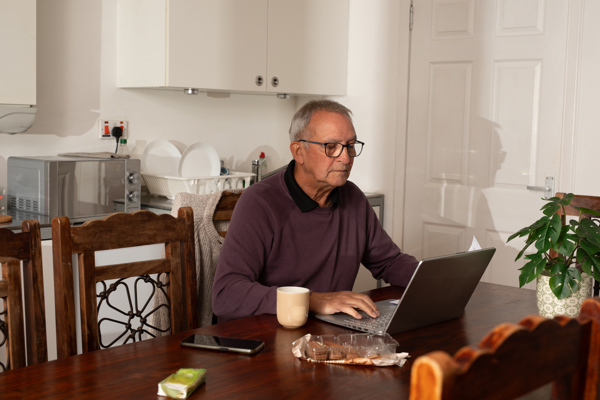Coping with Today's Price Cap Changes
Money Saving

Price cap changes can be confusing and stressful, especially when you’re trying to balance everything else. LEAP wants to make this uncertain time of year a little easier, so this blog explains what’s changed, what it means for you and the simple steps you can take today to stay in control.
What the new price cap means for your bill
Ofgem’s price sets a maximum unit rate and standing charge for people on standard variable (default) tariffs; it’s not a cap on your total energy bill. What you actually pay still depends on how much energy you use.
From 1st October to 31st December 2025, the cap rises by about 2% to £1,755 a year. Unit rates and standing charges also change slightly and they vary by region, meter type and payment method.
Upcoming changes to Standing Charges
From January, according to Ofgem, every energy supplier in England, Scotland and Wales will offer at least one tariff with a lower daily standing charge or, in some cases, a zero standing charge option.
This may result in higher unit rates. This could potentially help households that use very little energy, but for most people, the biggest factor on the bill is still how much you use. If you’re thinking about switching, look closely at the unit prices and your typical usage.
The most reliable way to stay in control is still to focus on making sure you’re not wasting energy and managing what you use.
Stay ahead by managing what you use
You can’t control standing charges or wholesale prices, but you can control the energy flowing through your meter. Here are practical, low-effort measures that add up:
Heat wisely
If it’s safe for you to do so, lower room temperatures a touch and heat the rooms you use most. Keep radiators clear and doors closed to trap heat.
Hot water
Taking shorter showers and fixing dripping taps reduces gas and electricity use without feeling like a sacrifice.
Fill the gaps
Draught-proof letterboxes, chimneys and gaps around doors/windows. It’s cheap, quick and you feel the benefit immediately.
Kitchen habits
Use lids on pans, only boil what you need and lean on microwaves, slow cookers and air fryers for one-pot meals instead of long oven sessions.
Laundry habits
Wash at 30°C where possible and spin well so clothes dry faster. Avoid drying on radiators (it makes the heating work harder).
Standby and lighting
Switch devices off at the wall and swap lightbulbs for LEDs.
Know your numbers
If you’ve got a smart meter, use the in-home display to spot energy-hungry routines and take action on those spiking figures.
None of these measures require paying for a new boiler or major works. They’re about nipping waste in the bud so you’re not paying for energy you don’t actually need.
Three ways LEAP can help you right now
Book a free LEAP Energy Advice Call
A friendly trained advisor will chat through your home, habits and bills, then build a personalised plan to cut usage and costs. Where suitable, we can arrange a follow-up home visit and make onward referrals for extra help. After the call, we’ll send a written summary so you’ve got everything in one place.
Use our free Energy Efficiency Guides
Prefer to get stuck in straight away? Download our step-by-step guides to everything from top tips and smart meter how-tos to simple DIY draught-proofing. They’re designed to help you save money right away.
Unlock extra support and practical measures
We’ll check your eligibility and, if applicable, we’ll help you with Warm Home Discount and Priority Services Register applications, and refer you to IncomeMax for benefits and income checks or debt advice. In some cases, after an advice appointment and if you're eligible, The LEAP Appliance Scheme can replace old, inefficient tech with efficient models to lower running costs (availability varies and is assessed after your LEAP appointment.)
